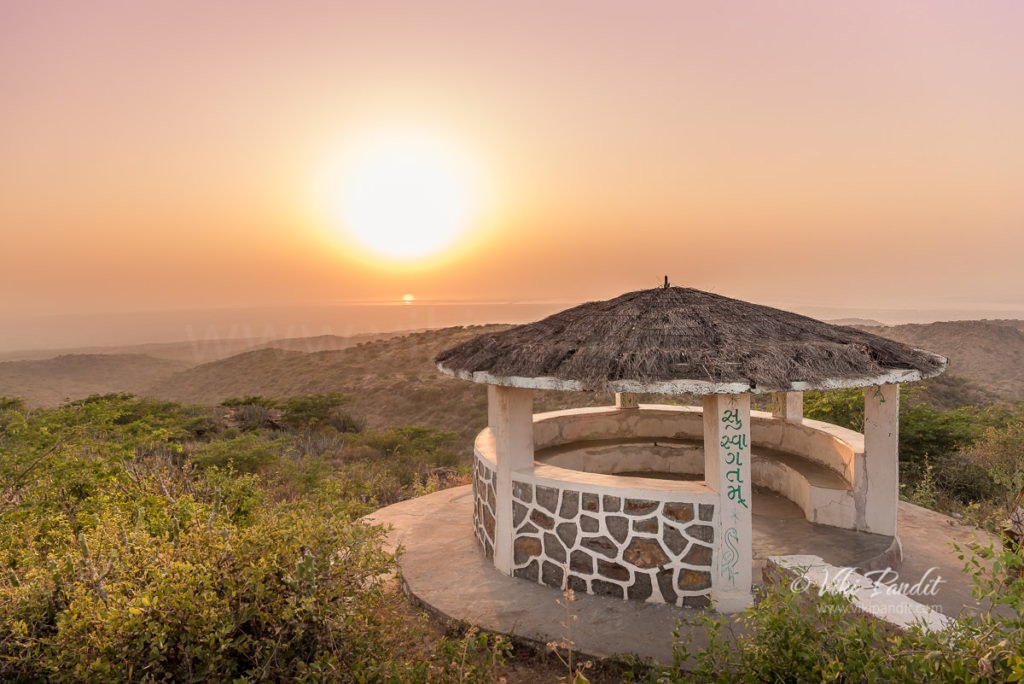We ride out deep into the desert to explore Kalo Dungar also known as the Black Hill. Kalo Dungar is the highest point in Kutch and the best place to enjoy a panoramic view of the amazing Rann of Kutch. Though not literally black, the hill is known so because in olden times, the merchants returning to Kutch from Sindh used to be guided by this lonesome hill in the grim desert, which used to appear black because of the shadow cast by the sun.
Sunset
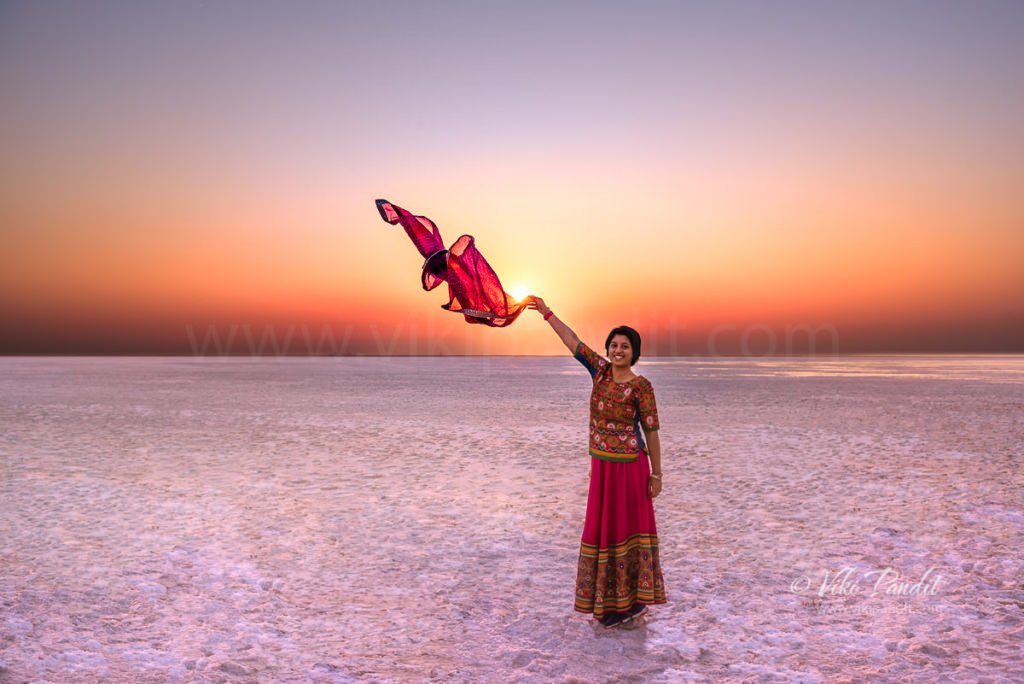
Sunset at White Rann
Nothing beats a sunset and that too at the endless desert of White Rann. While basking in the beautiful sunset the only thought that grazed my mind was this, right here..is one of the “Real” 7 wonders of the world.

Photowalk to Ukimido Pavilion
While on my evening walk today, I dropped in at Ukimido Pavilion. Ukimido is a hexagonal gazebo over the Sagiike Pond in an aloof area of Nara Park. During summer evenings the floating pavilion is illuminated and it feels very relaxing sitting in the center of the pond surrounded by enchanting lights.
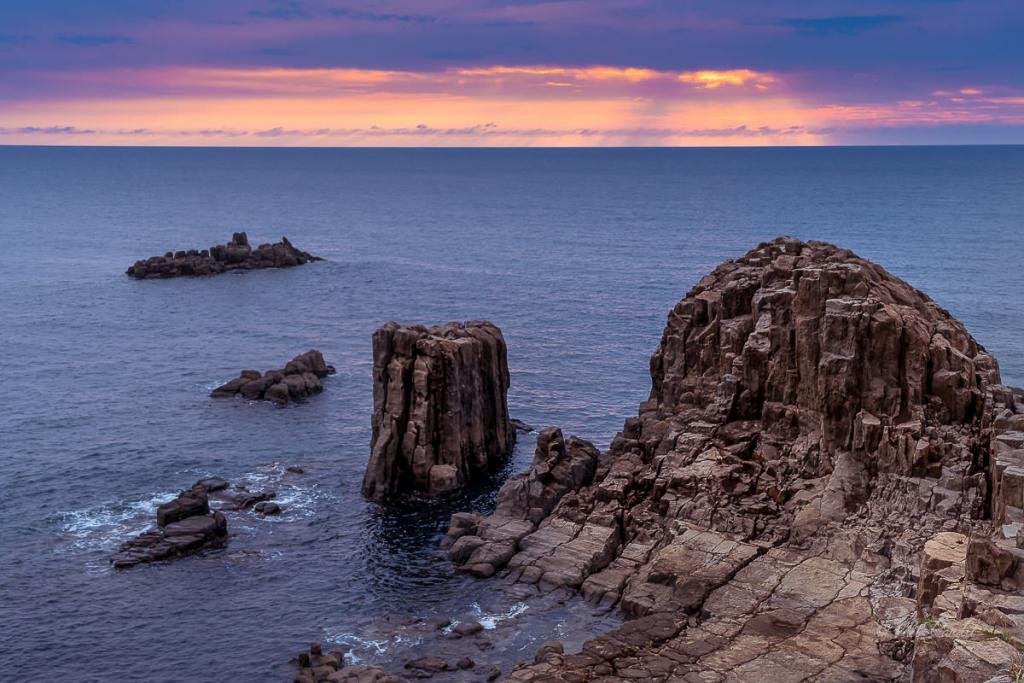
The thrilling Tojinbo Cliffs
Tojinbo Cliffs enjoy the dubious distinction of being the most loved suicide spot in Japan. For the wandering souls like me, the enthralling, rugged cliffs eroded by the raging waves of the Sea of Japan combined with the mesmerizing sunset is certainly more than likely to cause skipped heartbeats.
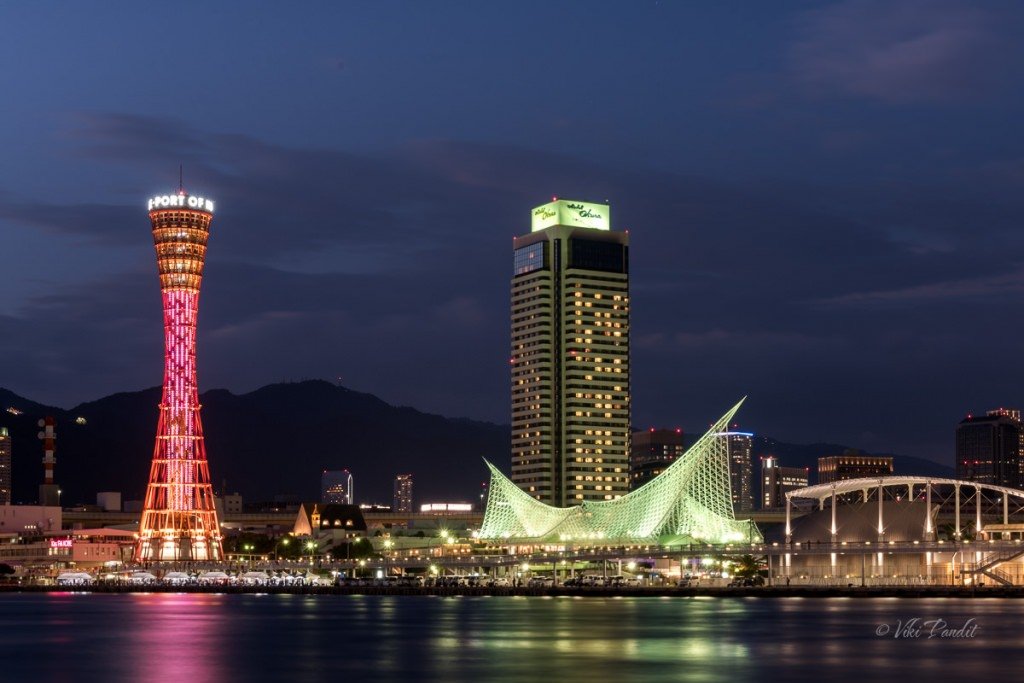
An evening at Kobe Harbour
Mani & I took the train to Kobe to check out the stunning illuminated harbor but we were sucked into the Bon Odori festivities happening on the same day. Food and beer stalls were everywhere. Surrounded by a sea of Kimono clad couples, on a small wooden stage, a group of lovely ladies were dancing to traditional music. It was great fun watching this 500-year-old tradition that is celebrated yearly to honor the spirits of their ancestors.
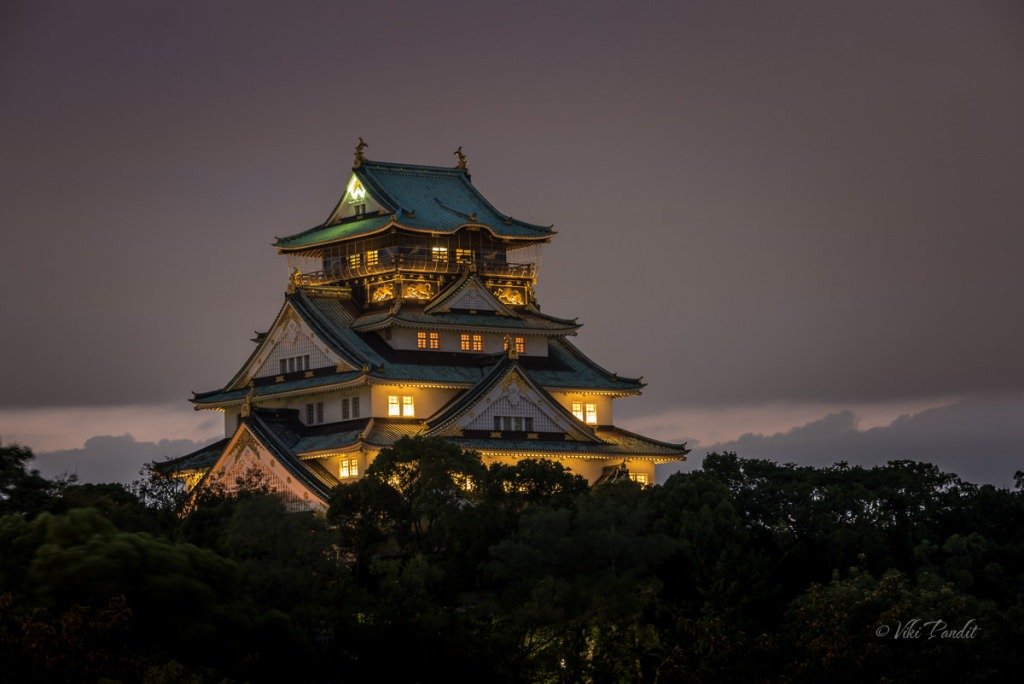
The stunning Osaka Castle
I love walking around Osaka Castle in the evenings. The castle was built by Toyotomi Hideyoshi, who ruled Japan in the latter half of the 16th century. The stone walls and moats surround the castle separating it from the bustling city. As dusk sets in, the sodium lamps light up the pathways surrounding the castle. The weeping sakura leaves along the wide moat briskly sway in the wind and the castle itself looks like a fantasy structure from the mythical age of dragons.
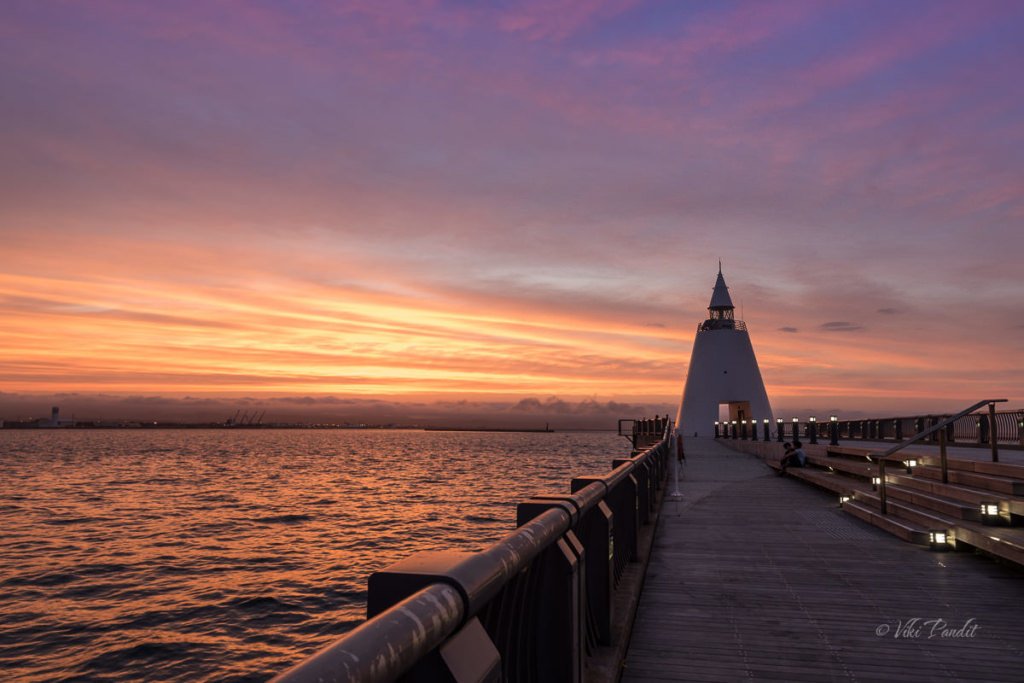
A magical sunset in Aomori
We went for a stroll along the Aomori bay at dusk. As the sun gradually sunk into the Japan Sea, we were treated to a magical sunset. There is nothing more enchanting or enticing as Mother Nature. So just stop whatever you are doing. Leave the desk, couch or whatever and go out, and witness the golden moments that are passing you by.
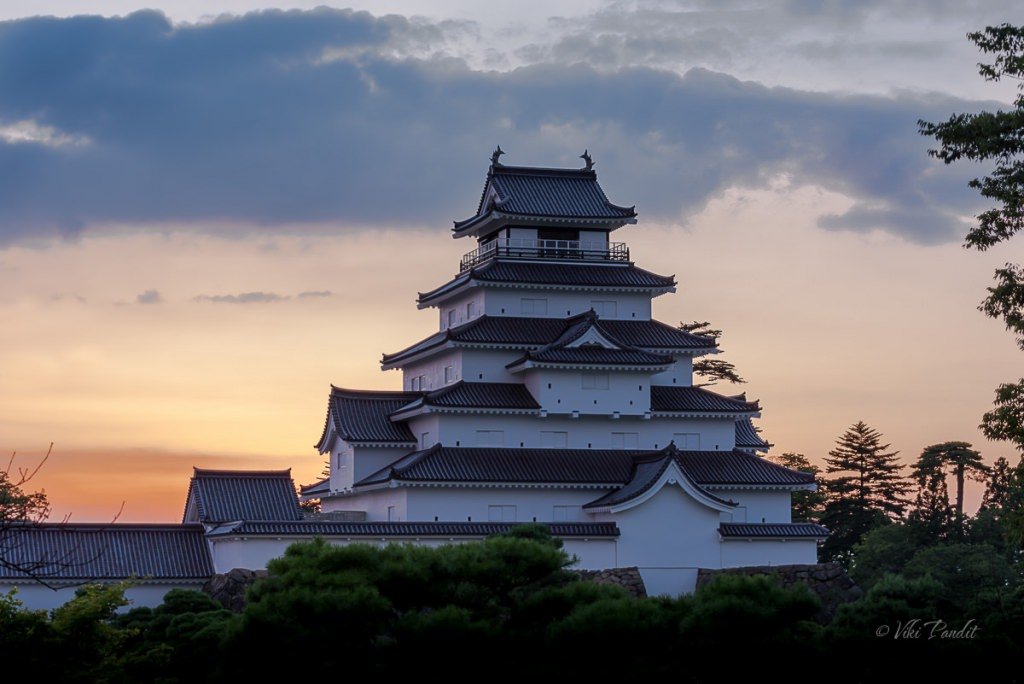
The Tsuruga Castle
We take a walk to the Tsuruga Castle in Aizu Wakamatsu, a city where the influences of samurai remain strong even today. The five storied impregnable fortress and castle tower that stands today is a replica reconstructed in 1965, based on photographs and historical documents of the preceding Kurokawa Castle, built in 1384.
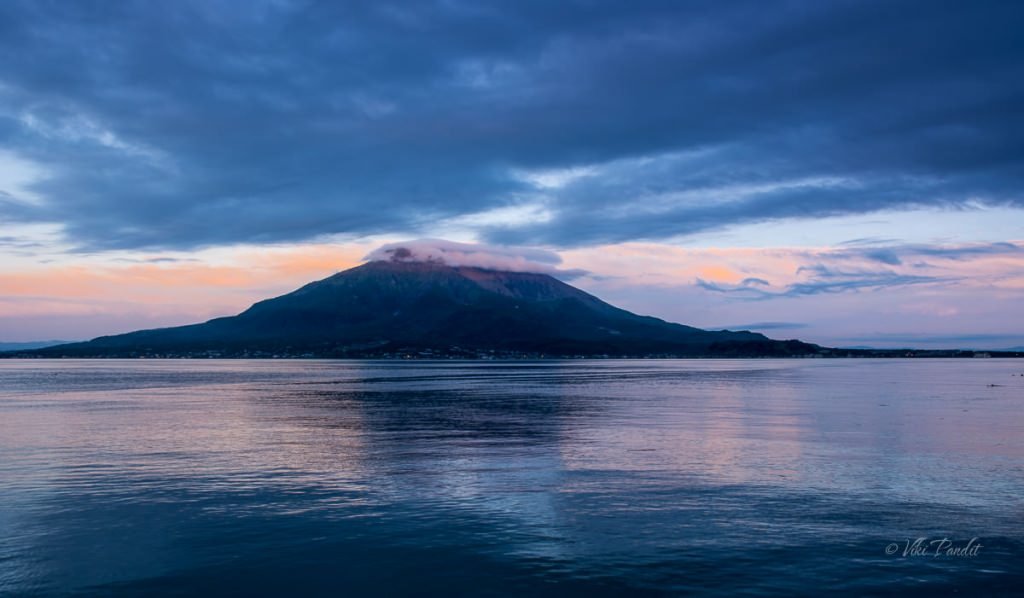
The sleeping SakuraJima
Today we took a bus to the Kagoshima pier to witness the mighty Sakurajima. Sakurajima is one of Japan’s most active volcanoes and the symbol of Kagoshima. Approximately 10 billion tons of lava has flowed out over the years. Its frequent lava flows have resulted in the former island to be connected with the Osumi Peninsula.
